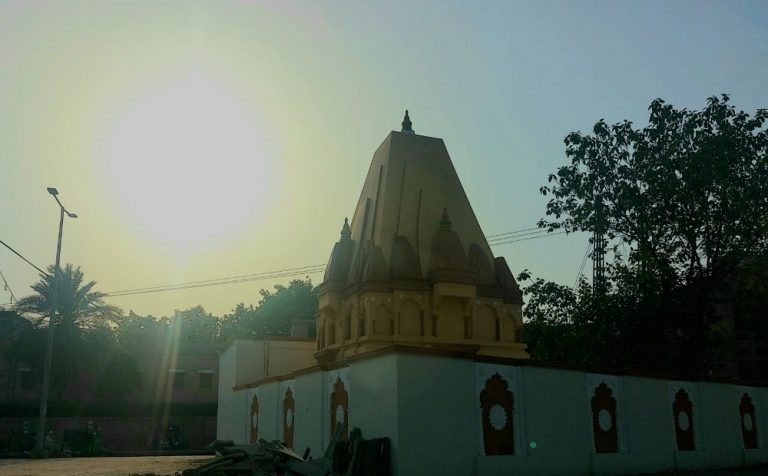
Jain Temple fell victim to the scourge of vandalism after the demolition of the Babri Masjid by fanatics in 1992, India. The temple was rebuilt in May this year following the Supreme Court order.
By Muhammad Asif Nawaz
Anyone who has lived in Lahore and used the public transport of the city, is sure to have heard one name being shouted at the top of the lungs by the conductors and drivers of the city, Jain Mandir Stop. For a very long time in Lahore’s cultural consciousness the Jain Mandir remained only that, a bus stop. Even those who frequented the area rarely knew anything much about the temple itself and were much less likely to have seen it. Most believed the temple did not exist anymore, which isn’t strange since our awareness about our heritage sites is very dismal. As a kid, who often went to Lahore to visit the maternal side of my family, I was also fed the same narration: the temple was gone, it only existed in pages of history and on the routes of buses. It was credible, for although Jainism had a significant presence in the city for at least a thousand years, but you would be hard pressed to find a Jain anymore in Lahore. After the creation of Pakistan, the Jains migrated to India en masse. One stroke of history, and it was if they never existed here. Since the province of Punjab was particularly hit by the violence that followed Partition, the two parts of the divided Punjab were left devoid of the religious diversity that the province had in the past. The Indian Punjab became overwhelmingly Sikh, while the Pakistani Punjab became overwhelmingly Muslim.
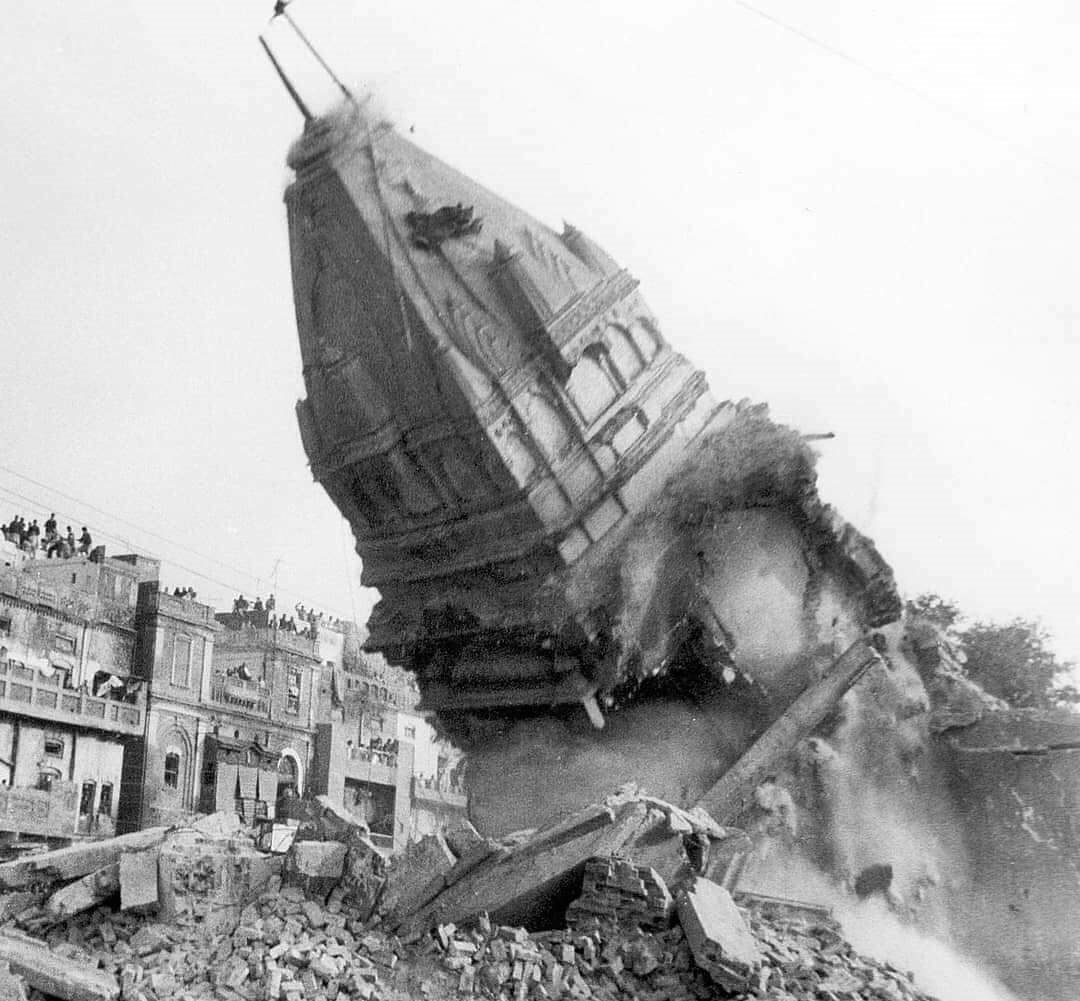
When Jains constituted a large part of the identity of the city of Lahore in old times, there were at least a dozen Jain temples in Lahore.
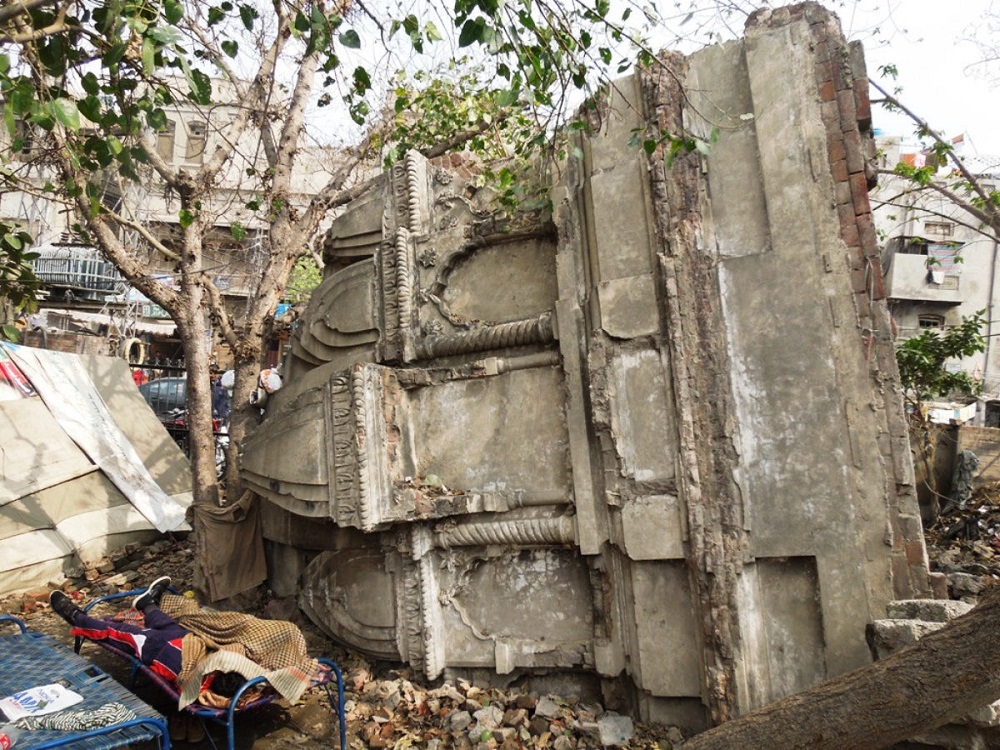
When Jains constituted a large part of the identity of the city of Lahore in old times, there were at least a dozen Jain temples in Lahore, and all of them have either been abandoned or demolished since. Only one temple has now become an exception to this, and that is the Jain Mandir on Lytton Road in Old Anarkali. Historical records do not present accurate details about its construction, but it is safe to assume it came about in late 1930s or early 1940s, and it was built in the style of a Shikhara, which is Sanskrit for a mountain peak. As is typical of the Jain temples, the construction had a narrowing tower, embellished with various motifs and etchings of religious significance, and had courtyards on the sides. After the creation of Pakistan, the temple went into disuse and neglect. But the worst came in 1992, when history was re-written again.
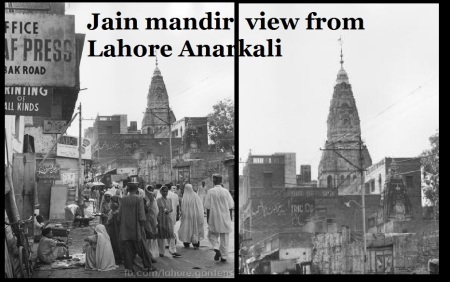
After the demolition of the Babri Masjid by Hindu fanatics in Ayodhya in 1992, many temples were attacked in Pakistan as a self-defeating attempt at retaliation. Most of them were in Sindh, but the temples in Lahore also fell victim to the scourge of vandalism. Since Hinduism and Jainism are often touted to be the same religion, the Jain Mandir in Lahore was also attacked two days after the demolition of the Mughal era Babri. Eyewitnesses are on record claiming that it took two days to bring the temple down, the sturdy structure wouldn’t fall until help was sought with a crane. And then the dome of the temple came tumbling down, in which state it has existed for about the following three decades. So, the temple was still there when I was a child, only that it lay broken and in pieces. Over all these years, the temple only once resurged into the consciousness of the city, with the commencement of the Lahore Orange Line Metro Train (OLMT). Detractors claimed the project would decimate the temple. Officials said it wouldn’t. Social media commentators said it was already destroyed. The issue attracted some confusion and controversy, and then died down. In 2016, the remains of the temple were enclosed behind a boundary wall, and the remaining site was given to OLMT.
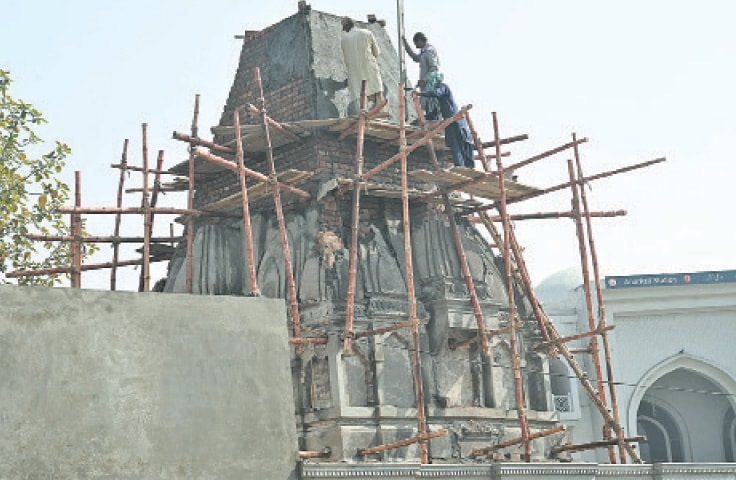
But if there are many ways to re-write history, there should be some to correct it as well. And the correction sometimes comes in the form of poetic justice. In December 2021, a day before the anniversary of the Babri mosque demolition, the Supreme Court of Pakistan ordered the Jain Mandir in Lahore to be immediately re-built, along with another Hindu temple in Neela Gumbad. While the Indian court acquitted all charged with the demolition of Babri Masjid, Pakistan’s Supreme Court rectified the wrong. The reconstruction was taken up by the concerned authorities immediately. The foundation was built, the surviving dome of the temple lifted to be placed atop, sewerage lines laid, CCTV cameras installed, and the landscaping and wall plastering completed. The adjoining area of the temple has been converted into a public space, and it is a beautiful sight to behold now. With the reconstructed height of thirteen meters, the temple sits directly opposite the grand Anarkali station of the Orange Line Metro Train.
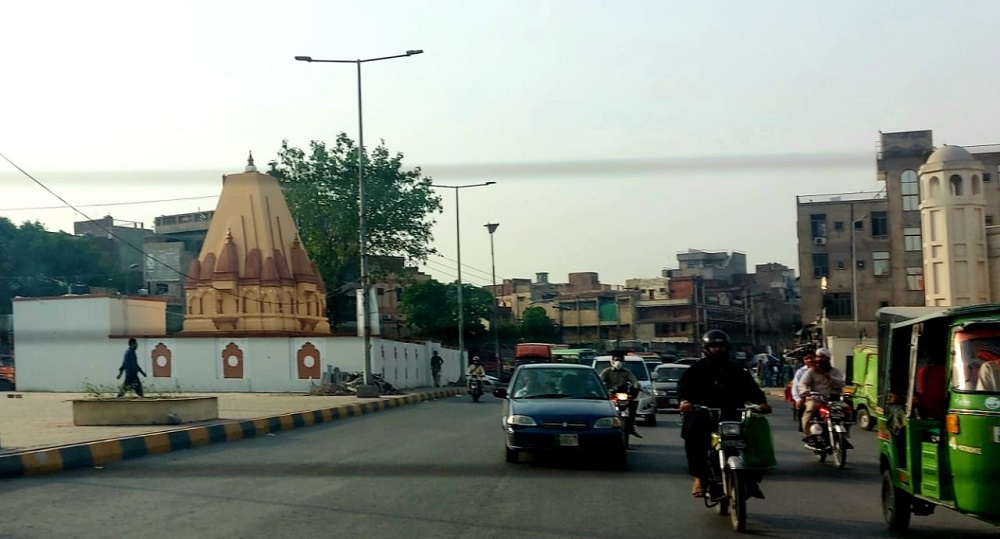
Last month (May 2022), after the completion of the reconstruction and renovation works, the Jain Mandir in Anarkali was officially reopened for religious rites. After remaining neglected for decades, the temple has re-surfaced to claim its space in the city. And the temple has done it with a hint of vengeance, as no one who ever uses the modern public transportation in Lahore will have to ask where the Jain Mandir is, for it stands there conspicuously and proudly now.
___________________
Courtesy: Youlin Magazine (Published on July 20, 2022) youlinmagazine.com is Pakistan China Institute’s flagship cultural website in both English and Chinese.